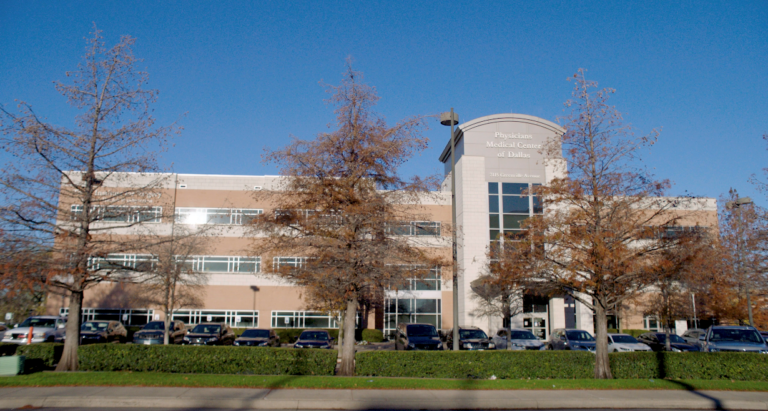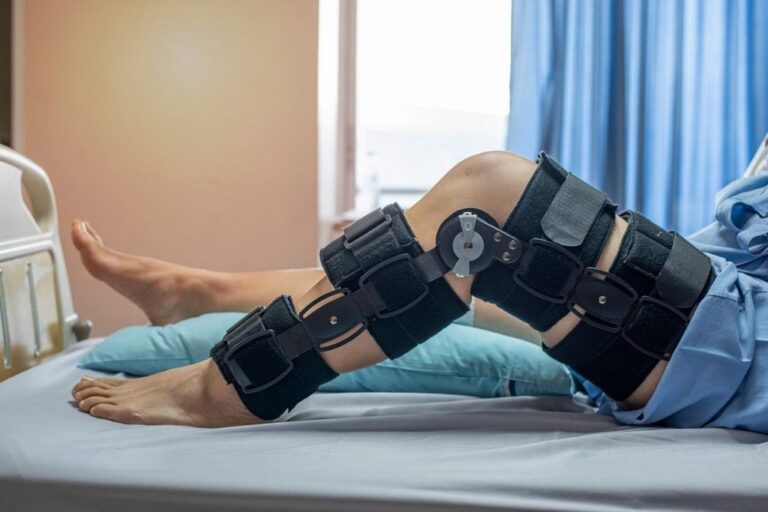Playing sports and exercising has numerous benefits – and a few risks. Sports injuries happen. In fact, 8.6 million sports and recreation injuries are reported every year. You can do many things to help reduce your risk of getting hurt, but you can’t prevent an injury entirely.
After an injury, it’s important to rest and follow your doctor’s advice for recovery and rehabilitation, which may include physical therapy, pain relievers, and perhaps surgery. It’s hard to be sidelined. Most athletes are anxious to get back to the field, court, or gym.
Going back too soon, however, can increase your chance for re-injury. Our team of expert orthopaedic surgeons at Texas Orthopaedic Associates share important information about when to exercise again after a sports injury – and how to do it safely.
When to start exercising again after an injury
The first step to getting back to playing sports and exercising is working with your doctor and physical therapist to develop a recovery and rehabilitation plan. Your plan will depend on your injury, but you’ll most likely have to stay off the injured body part, rest it, ice it, and do strengthening exercises.
You should also get an adequate amount of sleep, eat a healthy diet, and stay hydrated. Once you start feeling better, the next step is to get the green light from your doctor and physical therapist. Then, it’s time to start getting back into fighting shape.
How to exercise safely after an injury
While you may be anxious to get right back to where you left off in your training or playing, it’s crucial to build up slowly. The experts at Texas Orthopaedic Associates recommend the following steps to ease back into exercise after an injury.
Take things slow
If you ramp up too quickly, you risk re-injury or injuring another body part that’s compensating for your weak knee, for example. You must start slow. This means that instead of doing a 3-mile training run, start with a 1-mile training run. Or, instead of curling 60 pounds, start with 30 pounds. Then, slowly add more weight or more miles.
Pay attention to form
It’s always important to focus on your form when you’re exercising as an injury prevention strategy. However, it’s even more important to pay attention to your form after you’ve been injured.
Correctly bending and moving while you exercise helps take the pressure of your injury. If you feel pain while exercising, you should modify your form with the help of a physical therapist.
Pay attention to pain
Most people experience some soreness when they get back to exercising after not exercising for a period of time as their muscles get used to working again. Soreness is normal. Pain is not.
If you feel pain while working out, it’s your body telling you that you’re working it too hard, too soon. It also means that you may need to take some more time off from exercising or dial it back a little more.
Ready to start playing again after an injury? Call Texas Orthopaedic Associates, with offices in Fort Worth, Plano, and Dallas, Texas, for an appointment. You can also request an appointment online through this website.













